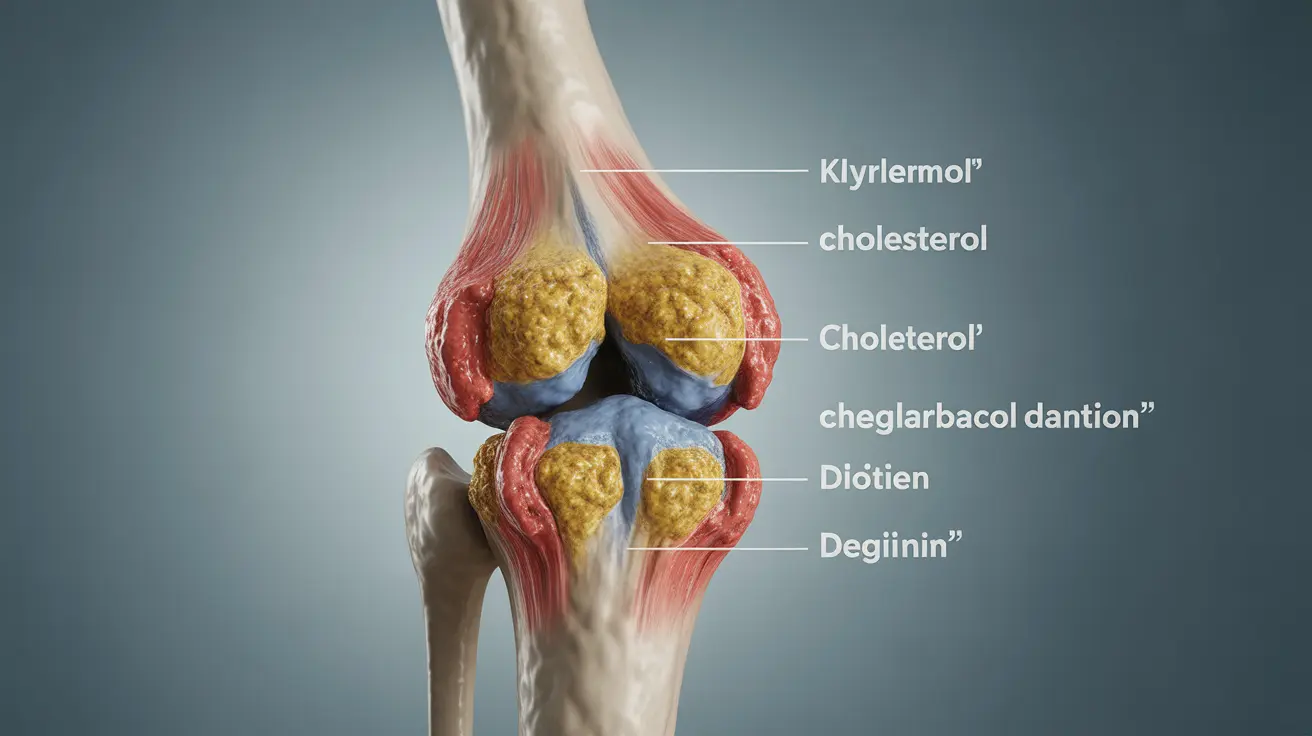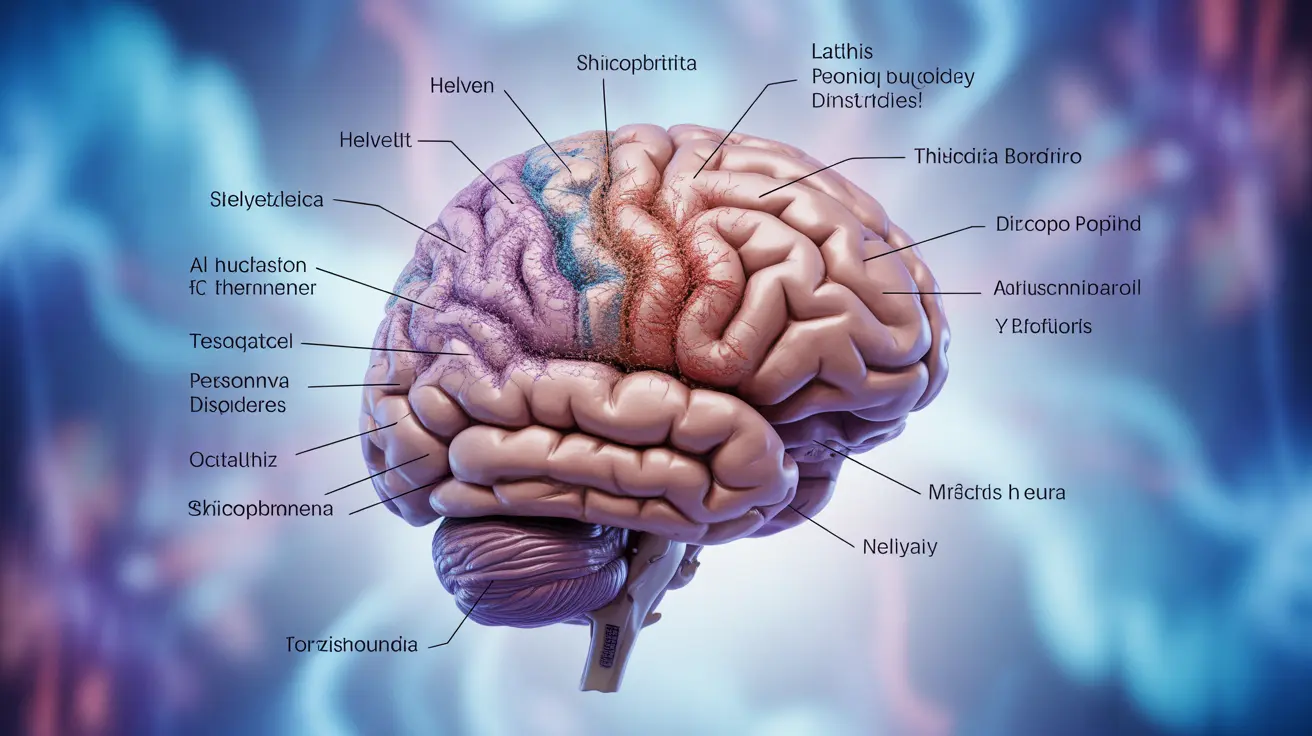GLP-1 (glucagon-like peptide-1) has become a household name thanks to popular weight loss medications like Ozempic and Wegovy. However, this powerful hormone that helps regulate blood sugar and appetite can also be naturally enhanced through strategic dietary choices. Understanding which GLP-1 foods can support your body's natural production of this hormone offers a sustainable approach to weight management and metabolic health.
While GLP-1 medications have shown remarkable results for weight loss and diabetes management, incorporating specific foods into your diet can complement these treatments or provide natural support for those seeking hormone balance through nutrition. The right combination of nutrients can stimulate your body's own GLP-1 production, helping you feel satisfied after meals while supporting stable blood glucose levels.
Understanding GLP-1 and Its Role in Metabolism
GLP-1 is an incretin hormone produced in your intestines when you eat. This remarkable compound serves multiple functions in your body, including slowing gastric emptying, stimulating insulin release when blood sugar rises, and sending satiety signals to your brain. When GLP-1 levels are optimal, you naturally feel fuller for longer periods and experience fewer cravings.
The hormone's effects on appetite regulation make it particularly valuable for weight management. By understanding how different foods can enhance GLP-1 production, you can make informed dietary choices that work with your body's natural hunger and fullness cues rather than against them.
Protein-Rich Foods That Enhance GLP-1 Production
High-quality protein sources are among the most effective GLP-1 foods for stimulating hormone release. When you consume protein, your digestive system responds by increasing GLP-1 production, which helps explain why protein-rich meals tend to be more satisfying than those high in refined carbohydrates.
Lean meats, fish, poultry, eggs, and dairy products all trigger significant GLP-1 responses. Plant-based proteins like legumes, quinoa, and tofu also support hormone production while providing additional fiber benefits. The amino acids in protein foods directly stimulate the L-cells in your intestines that produce GLP-1.
For optimal results, aim to include a quality protein source at each meal. This consistent approach helps maintain steady GLP-1 levels throughout the day, supporting sustained appetite control and metabolic function.
Fiber-Rich Foods for Sustained GLP-1 Activity
Dietary fiber plays a crucial role in GLP-1 production and activity. Soluble fiber, in particular, slows digestion and creates a sustained release of GLP-1 as food moves through your digestive system. This extended hormone activity translates to longer-lasting feelings of fullness and better blood sugar control.
Vegetables, fruits, whole grains, and legumes are excellent sources of the fiber that supports GLP-1 function. Oats, barley, apples, berries, and beans are particularly rich in soluble fiber that feeds beneficial gut bacteria and promotes hormone production.
The fermentation of fiber by gut bacteria also produces short-chain fatty acids, which have been shown to further enhance GLP-1 secretion. This connection between fiber intake and hormone production highlights the importance of a diverse, plant-rich diet for metabolic health.
Healthy Fats That Support Hormone Function
While fats don't directly stimulate GLP-1 release as dramatically as protein or fiber, healthy fats play an important supporting role in hormone production and overall metabolic health. Monounsaturated and polyunsaturated fats help optimize the cellular environment for GLP-1 function.
Avocados, olive oil, nuts, seeds, and fatty fish provide the types of fats that support healthy GLP-1 activity. These foods also contribute to meal satisfaction and help slow digestion, extending the time your body has to produce and utilize GLP-1.
Including modest amounts of healthy fats with protein and fiber-rich foods creates an ideal macronutrient combination for sustained GLP-1 activity and appetite control.
Fermented Foods and Probiotic Support
Emerging research suggests that gut health plays a significant role in GLP-1 production. The beneficial bacteria in your digestive system help create an environment that supports optimal hormone secretion from intestinal L-cells.
Fermented foods like yogurt, kefir, sauerkraut, kimchi, and kombucha provide probiotics that may enhance GLP-1 production. These foods also often contain prebiotic fibers that feed beneficial bacteria, creating a positive cycle for hormone support.
While the research on probiotics and GLP-1 is still evolving, maintaining a healthy gut microbiome through fermented foods appears to be a promising strategy for optimizing natural hormone production.
Combining Foods for Maximum GLP-1 Benefits
The most effective approach to supporting GLP-1 through diet involves combining multiple hormone-supporting nutrients in balanced meals. A typical GLP-1-friendly meal might include lean protein, plenty of vegetables, a source of healthy fats, and whole grains or legumes for fiber.
Timing also matters for GLP-1 optimization. Eating regular, well-balanced meals helps maintain consistent hormone levels throughout the day. Avoiding large gaps between meals prevents the dramatic drops in GLP-1 that can lead to intense hunger and overeating.
Staying hydrated and limiting processed foods, added sugars, and refined carbohydrates also supports your body's natural GLP-1 production and activity.
Frequently Asked Questions
What foods naturally increase GLP-1 and help control appetite and blood sugar?
Foods that naturally increase GLP-1 include high-quality proteins like lean meats, fish, eggs, and legumes; fiber-rich foods such as vegetables, fruits, whole grains, and beans; and fermented foods like yogurt and sauerkraut. These foods stimulate the intestinal cells that produce GLP-1, helping control appetite and stabilize blood sugar levels naturally.
How do protein, healthy fats, and fiber support GLP-1 activity in the body?
Protein directly stimulates GLP-1 release from intestinal L-cells through amino acid signaling. Fiber slows digestion and feeds beneficial gut bacteria, creating sustained GLP-1 production throughout the digestive process. Healthy fats support the cellular environment for optimal hormone function and help slow gastric emptying, extending GLP-1 activity time.
Can probiotic and fermented foods improve GLP-1 levels for better metabolic health?
Yes, research suggests that probiotics and fermented foods can enhance GLP-1 production by supporting a healthy gut microbiome. Beneficial bacteria help create optimal conditions for hormone secretion from intestinal cells. Foods like yogurt, kefir, kimchi, and sauerkraut provide both probiotics and prebiotic fibers that support this process.
What are the best dietary choices to complement GLP-1 medications for weight loss?
The best dietary choices to complement GLP-1 medications include focusing on whole, unprocessed foods rich in protein, fiber, and healthy fats. Emphasize lean proteins, plenty of vegetables, whole grains, and legumes while limiting refined sugars and processed foods. This approach enhances the medication's appetite-suppressing effects and supports sustainable weight loss.
Why is protein intake important when trying to boost GLP-1 naturally or using GLP-1 drugs?
Protein is crucial because it's one of the most powerful natural stimulators of GLP-1 release. When using GLP-1 medications, adequate protein intake helps preserve lean muscle mass during weight loss and enhances feelings of fullness. The amino acids in protein directly trigger intestinal cells to produce GLP-1, making it an essential macronutrient for both natural hormone optimization and medication effectiveness.




